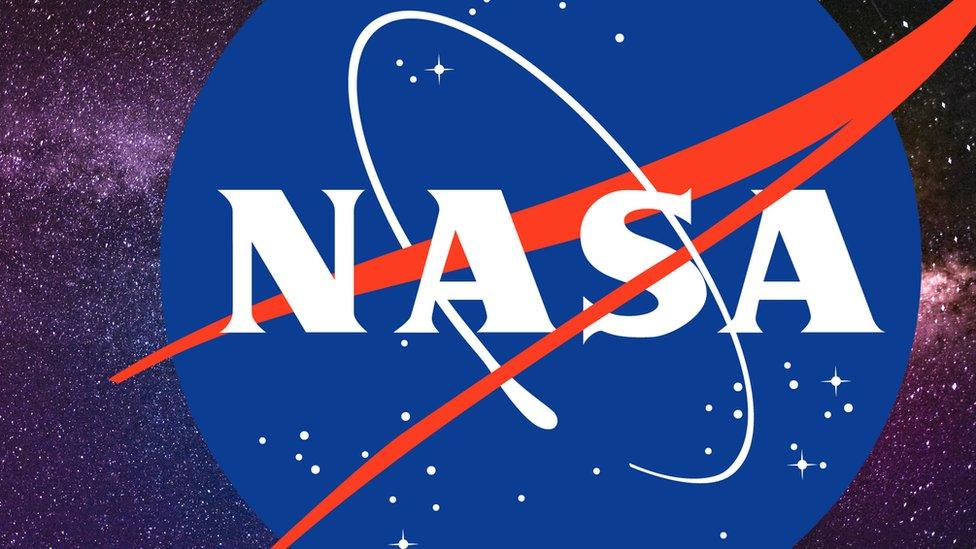Nasa spacecraft Parker Solar Probe gets close to the Sun
- Published
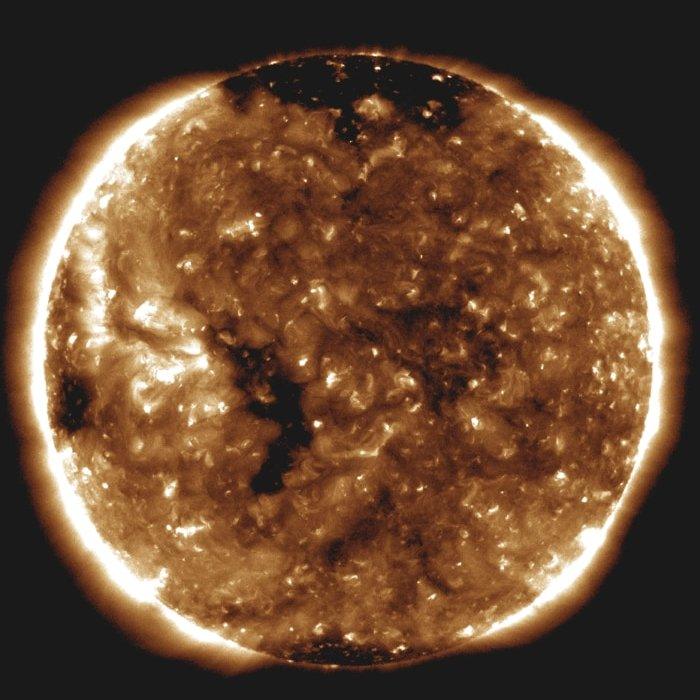
Picture of the Sun while Solar winds flow
A Nasa spacecraft has set the record for becoming the closest a man-made object has got to the Sun.
It's sent back lots of information to help scientists unlock the mysteries of the star.
The car-sized spacecraft, called the Parker Solar Probe, blasted off from Earth on 12 August 2018 and is now around 15 million miles away from the Sun.
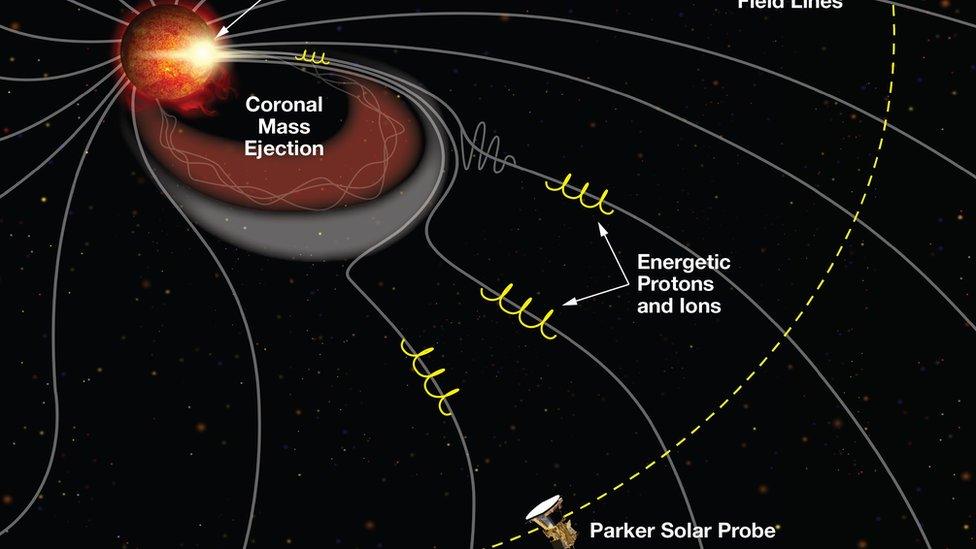
What have they learned?
The craft has scientific instruments which mean it can measure the environment around it. It's completed three of 24 planned passes through never-before-explored parts of the Sun's atmosphere.
The findings from these passes have revealed new information about the behaviour of the particles that speed away from the Sun.
Researchers have already said that the probe's onboard instruments detected "an unexpected series of flips" in the Sun's magnetic field which they described as "strange".
They found that the magnetic field suddenly reversed itself by 180 degrees and then, seconds to hours later, flipped back.
These "switchbacks" could help scientists understand how solar winds work. Solar winds are energetic particles that constantly stream away from the Sun.
Scientists report that changes in the Sun's magnetic fields increase the speed of the solar wind flowing away from the star.

One of the greatest threats from the Sun to astronauts and the satellites that provide GPS maps, cell phone service, and internet access are high-energy particles that erupt from the Sun in bursts
Why are these findings important?
It's hoped the the findings so far will help bring scientists closer to answering questions about how our star works and what it's made of.
Understanding more about solar activity could help scientists predict the large eruptions from the Sun that pose a threat to our satellites and communications systems.
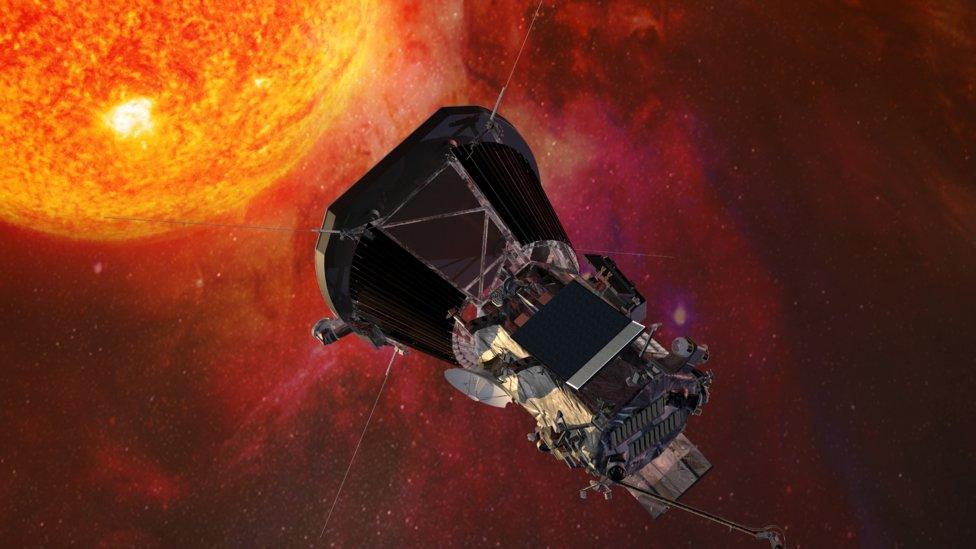
The Parker Solar probe
What next?
Over the next five years, the probe will move closer to the Sun, making its closest approach in the year 2024, as it flies 3.9 million miles above the solar surface.
During its journey, the probe will orbit the Sun 24 times and withstand extreme heat and radiation.
It's expected to fly around the star at 430,000 miles an hour, which will make it faster than any spacecraft in history.
Temperatures are expected to reach 1,377C - that's almost hot enough to melt steel!
- Published11 January 2019
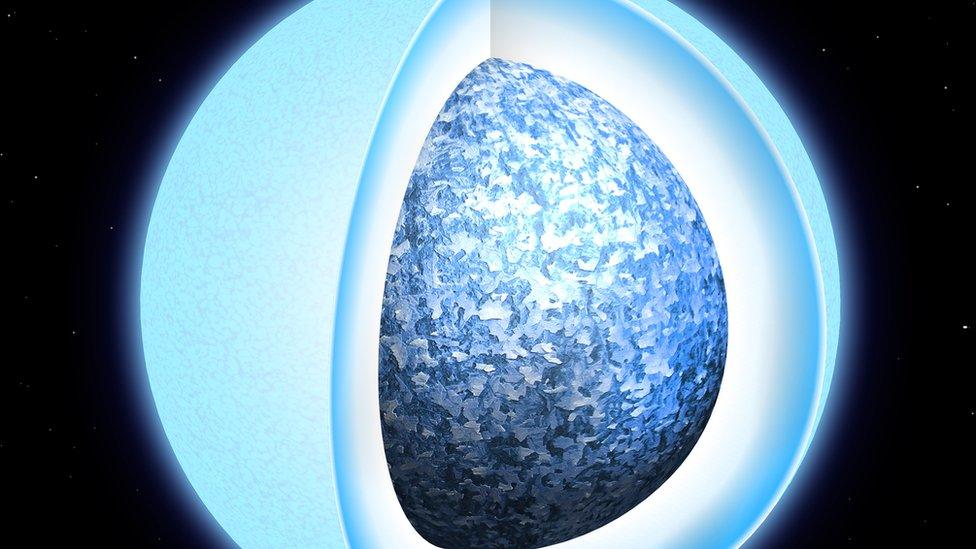
- Published19 March 2019

- Published8 August 2018
